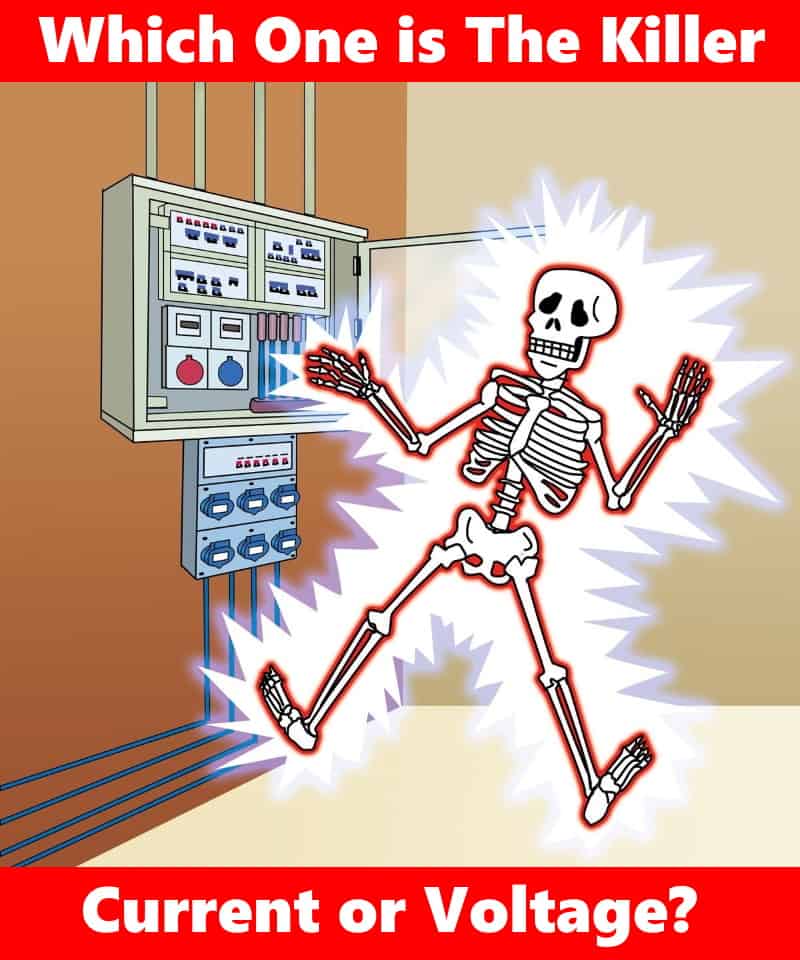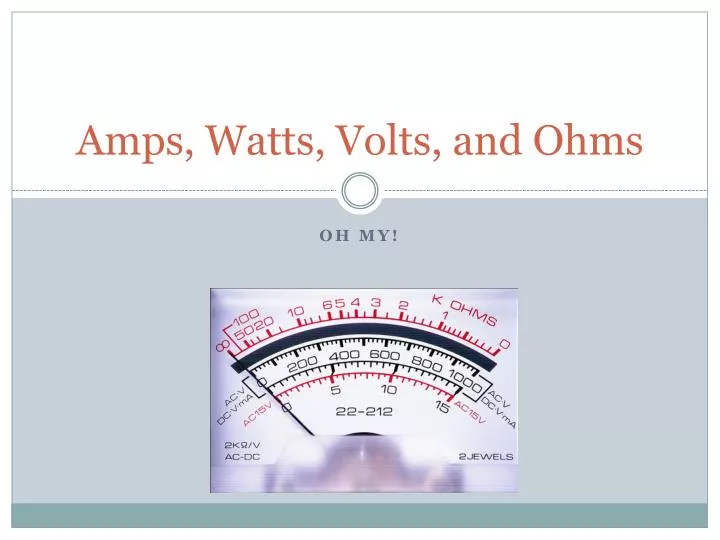

Power is the rate at which energy is used, or work is done, per unit of time. Power and time of use are the factors that determine how much energy is used by an electrical appliance or piece of equipment. Wonderful explanation of Watts, Amps, and Current.Unit 4: Energy Through Our Lives-Part II Section F. LiamBean from Los Angeles, Calilfornia on October 23, 2009: Rik Ravado (author) from England on November 04, 2009: I think that you meant to say, "Finally, remember that if you know the voltage of your power supply then you can APPROXIMATELY calculate the current through a bulb, fuse or other electrical appliance or component, based on its rating in Watts." You also said: "Finally, remember that if you know the voltage of your power supply then you can calculate the current through a bulb, fuse or other electrical appliance or component, based on its rating in Watts." These voltages are known as "extra low voltages" & relate to "touch voltage limits". A "safe" voltage is considered to be less than 50v RMS (AC) or 120v DC (ripple free).

Secondly, the voltage in the USA is 120v (domestic).ġ20v is in no way "safer" than 230v. You said, "In the USA, the domestic supply is typically 110V, much safer than the UK."įirstly, the voltage in the UK is officially 230v (single phase, domestic). Also the rating of the bulb or other appliance will not be precise and there will be a margin of error.Įlkangorito from Thailand on February 06, 2010:Įven though your blog is an excellent "guide to the basics of electricity", there are a couple of things that need to be considered: I agree with your 'approximately' as obviously cable and other elements in the circuit will further lower the current. In other words the lower the voltage, the less current potentially flows through the victim. Thanks for your comments - I still maintain 120v is safer than 230v. Rik Ravado (author) from England on February 06, 2010: But you can definitely get an approximate. Yeah, you really can't get the calculation it to an exact. Rik Ravado (author) from England on June 09, 2010: People chill!!! If I understood and realise this then you brain childeren should. Maybe thicknees of the wire being used, battery losing power, or whatever the reason. I understood completely and I understood that it is not on the money, and those of us who don't have to act like know it all's realize that there are factors involved that makes the math close, but there is room for error. Useful and well-presented article! A lot of people seem to get confused about Watts and Amps and Volts - an explanation like this has been long overdue.Įveryones a cridic. i wish there had been internet and google when i was a kid.
#Volt vs watt vsamp plus
U+P=R or utilization plus practice equals retention. here is a smart formula i'd like to pass on to beginners like myself. you made it very clear and easy to understand. And how come they only sell guides but not the finished product.

There are lot of things going on the web about it. Can the magnetic energy be converted to electric enegergy somehow by properly placing them on a flywheel? Rotating the flywheel using the magnetic force.
#Volt vs watt vsamp free
Scammers sometimes talk about perpetual motion in connection with free energy but it doesn't exist. But you still have to put the same amount of energy in.
#Volt vs watt vsamp generator
You can convert mechanical energy into electrical energy, a generator does this. You don't get electrical energy for nothing. Rik Ravado (author) from England on December 22, 2011:Īk - These products are all scams. I heard a lot about fuel cells, are they expensive? I want to implement cheap renewable energy, could you outline few options? Pv or solar panels are not the options where i live. How do we determine the maximum limit of ampereage that can be drawn out of a 120 volts line


 0 kommentar(er)
0 kommentar(er)
